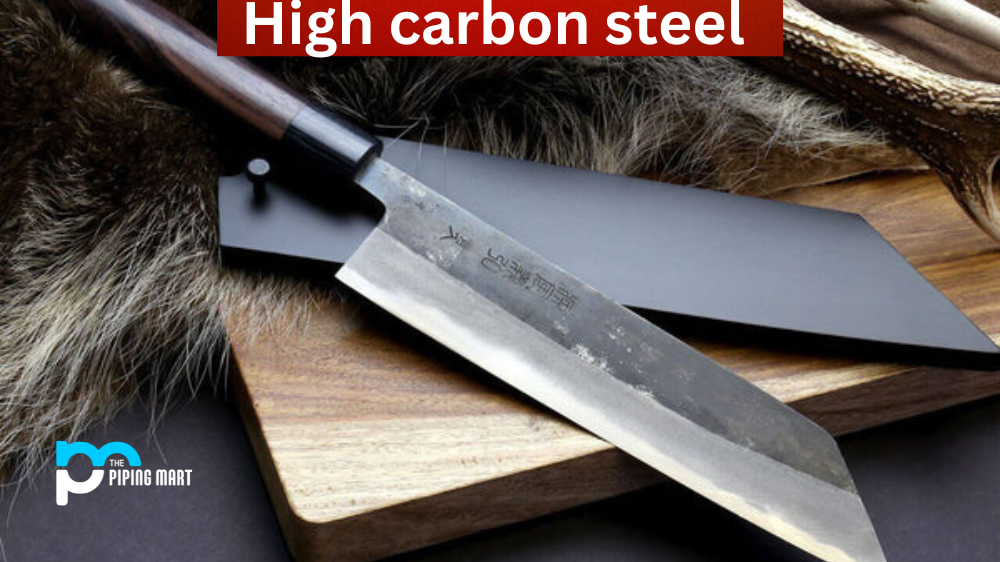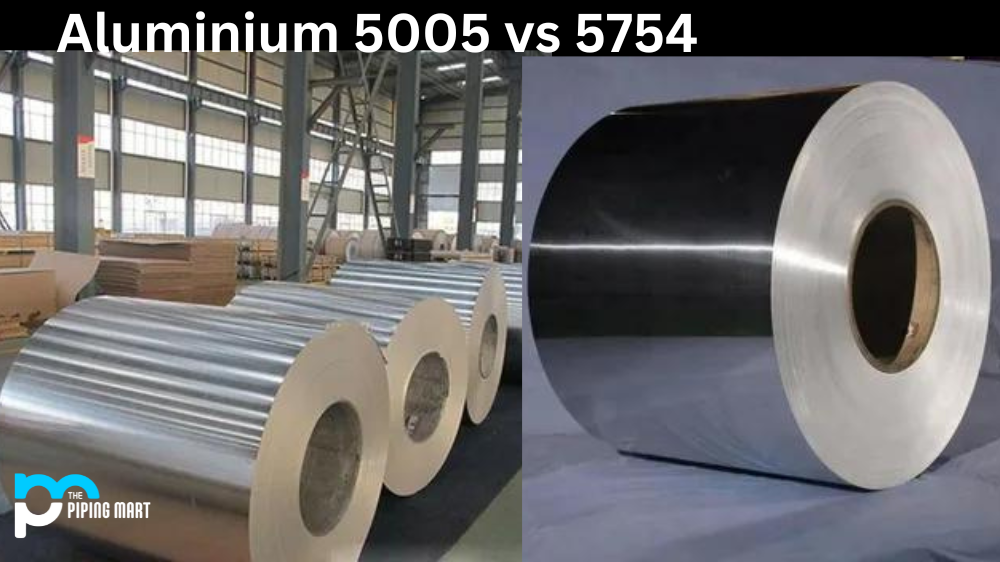When it comes to choosing steel for your metalworking or machining project, there are many factors to consider. Two popular options are tool steel and 4140 steel. While these two materials have some similarities, they also differ in key ways. Let’s take a closer look at the differences between tool steel and 4140, so you can make an informed decision about which one is best for your project.
Tool Steel
Tool steel is a type of alloy steel that has been heat-treated and hardened specifically for use in metalworking and machining applications. It’s designed to be particularly resistant to wear and tear, making it perfect for tools that need to withstand heavy use over long periods of time. Common types of tool steel include A2, D2, O1, S7, H13, P20, M2, L6, and W1. Each type has its own unique properties that make it better suited for certain applications than others. For example, A2 is better for cutting tools because it holds its edge better than other types of tool steel; however, S7 is easier to machine than A2 due to its higher shock resistance.
4140 steel
4140 steel is another type of alloy steel that has been heat-treated and hardened specifically for metalworking applications. Like tool steels, 4140 is designed to be highly resistant to wear and tear but not as strong as some other types of alloy steels. As such, it’s often used in applications where both strength and malleability are required—such as in automotive parts or machine components where flexibility is important. Four thousand one hundred forty can also be used in cold working applications such as punches or dies because it’s easy to shape while still maintaining its strength.
Tool Steel vs 4140 Steel – What’s the Difference
- Tool steel is a type of steel that is used to make tools. It is typically made from iron and carbon, as well as other elements.
- 4140 steel is a type of steel that is used in a variety of applications. It is typically made from iron, carbon, chromium, and manganese.
- Tool steel is harder than 4140 steel, making it ideal for cutting and drilling applications.
- 4140 steel is tougher than tool steel, making it ideal for applications where impact resistance is important.
- Tool steel typically costs more than 4140 steel.
Conclusion:
The decision between tool steel vs 4140 comes down to the specific needs of your project—both materials offer distinct advantages when used properly. Tool steels are ideal when you need maximum strength and durability; however, they may be more difficult (and thus more expensive) to machine than 4140 due to their high hardness levels. On the other hand, 4140 provides excellent malleability, which makes it perfect for projects requiring flexibility while still providing adequate strength levels. Ultimately the choice between these two materials depends on your individual project requirements, so be sure you do your research before making a decision!
Meet Heer, a dynamic and driven writer learning tricks of her trade in the metal industry. With a background in Digital Marketing, Heer brings a unique perspective to her writing, sharing valuable insights. Apart from blogging she like reading and hiking.




